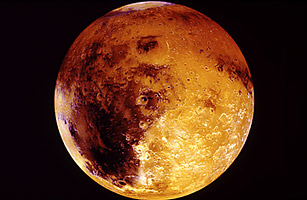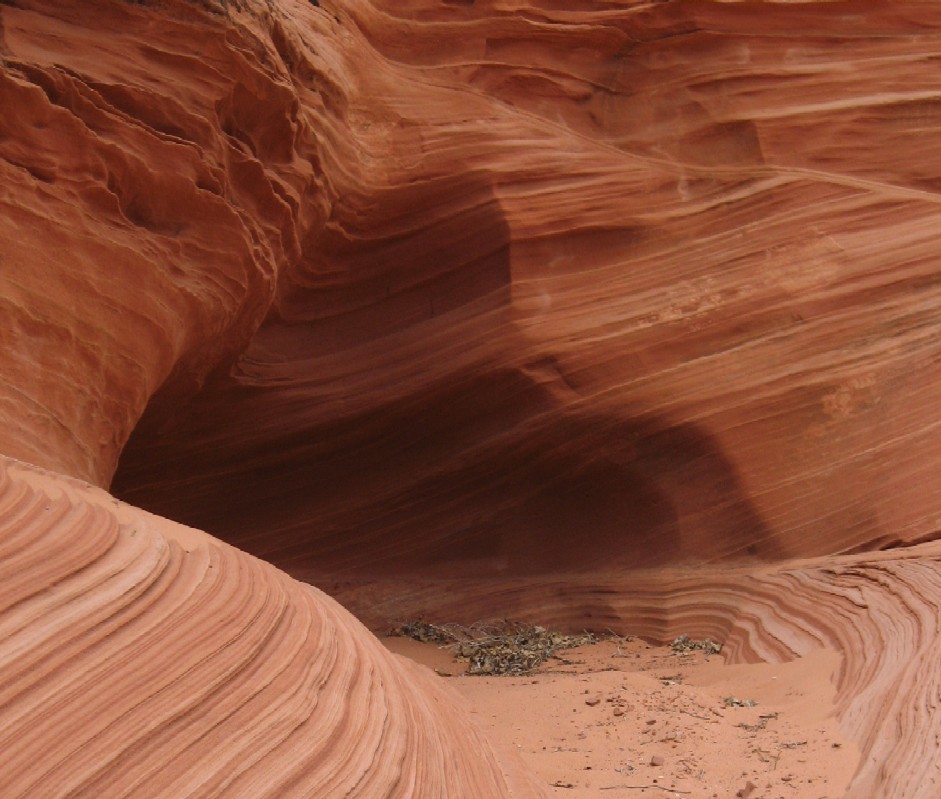 Science is enjoying a renaissance capturing a broken 5 year old Spirit valiantly struggling in the Martian 2009 Spring, million and half year aged microorganisms making Antarctica's Taylor Glacier look like its been socked in the nose, staining the ice and snow red. Mars is full of iron deposits and so is Antarctica, but no correlations can be drawn just yet. But oh the possibilities. In Antarctica, seawater teeming with life became sequestered as sea levels rose and majestic glaciers formed and gained mass. Now those same ice mountains are melting and behold, microbes unleashed for the first time from their salt laden frozen blocks. Yet, the Phoenix Lander Mission to a lopsided Mars found mineral deposits in the soil after baking the samples in the space-age TEGA ovens, leading to the estimation that a veggie such as asparagus could likely grow in the region.
Science is enjoying a renaissance capturing a broken 5 year old Spirit valiantly struggling in the Martian 2009 Spring, million and half year aged microorganisms making Antarctica's Taylor Glacier look like its been socked in the nose, staining the ice and snow red. Mars is full of iron deposits and so is Antarctica, but no correlations can be drawn just yet. But oh the possibilities. In Antarctica, seawater teeming with life became sequestered as sea levels rose and majestic glaciers formed and gained mass. Now those same ice mountains are melting and behold, microbes unleashed for the first time from their salt laden frozen blocks. Yet, the Phoenix Lander Mission to a lopsided Mars found mineral deposits in the soil after baking the samples in the space-age TEGA ovens, leading to the estimation that a veggie such as asparagus could likely grow in the region. 

Mikucki refers to the subglacial pond as "a unique sort of time capsule from a period on Earth's history," but it also has lessons for scientists studying Mars, an entire planet that is in many ways a time capsule too. Mars, like Antarctica, was once warm and wet, but the slow loss of its atmosphere also meant the loss of much of its moisture and surface heat. Still, the place was warm and wet long enough for life to have taken hold — life that would have then had to retreat into underground water deposits and make the same kind of hurry-up adaptation Mikucki's microbes did. Similar adaptive metabolism could be in evidence on the Jovian moon Europa, where a layer of surface ice may cNow Kepler, the planet hunter, has reached its field of study with all the areas gridded for Scientists. The first pictures came the second week in April. Kepler's mission is to spot other planets that have possibilities similar to the planet Earth. Meanwhile Hubble is still sending back the most amazing pictures of stars in varying stages that are just poetic to see. Hubble remains without peer and this is the final mission to service the telescope. As STS 125 gears up on the launch pad, the unusual scene of Shuttles Atlantis & Endeavor being prepped side by side is apparent in this image from NASA.over a globe-girdling ocean.
Endeavor

The Rover twins are in various stages of health. A Martian windstorm cleaned off Opportunity's solar panels leaving the rover to break new ground. Spirit the wheel-challenged Rover, that discovered the silica, is temperamental when responding to NASA. Independently, Spirit rebooted its system. There is no template to say how many times this can occur. Meanwhile, there's news an earth-sized exoplanet has been spotted in a HZ or Habital Zone in the Gliese system less than 22 light years away. The true test if when we can ascertain there is liquid water. We need more powerful telescopes to see that what is in our Milky Way's obscure places. Science is being treated with more deference now that facts are overwhelming all the naysayers.

(From Kepler courtesy NASA - First Light - The field of study - millions of stars)
Today is Earth day, and those fortunate few who have ridden into space say there is nothingBeyond Earth Day: Fulfilling the Promise with Gaylord Nelson, Susan M. Campbell and Paul Wozniak.
 over a globe-girdling ocean.
over a globe-girdling ocean.






No comments:
Post a Comment